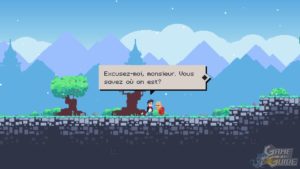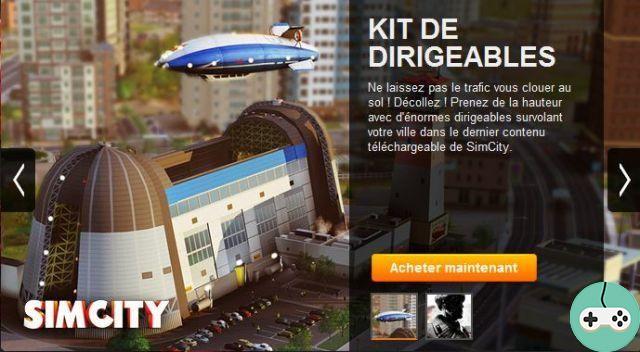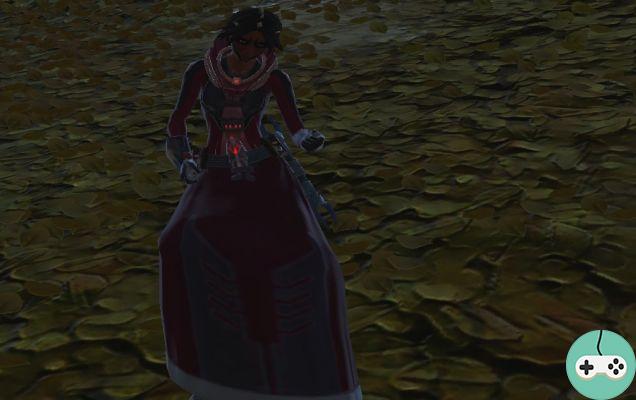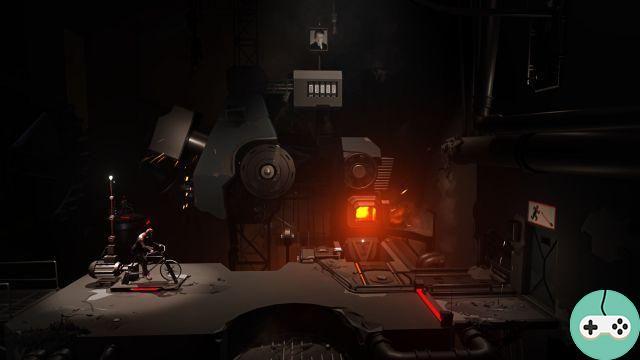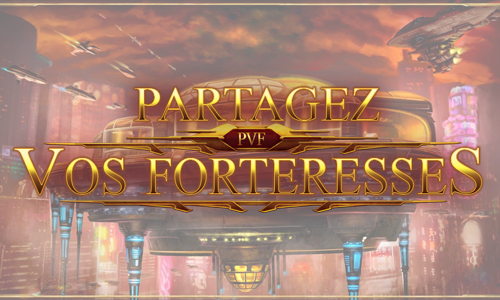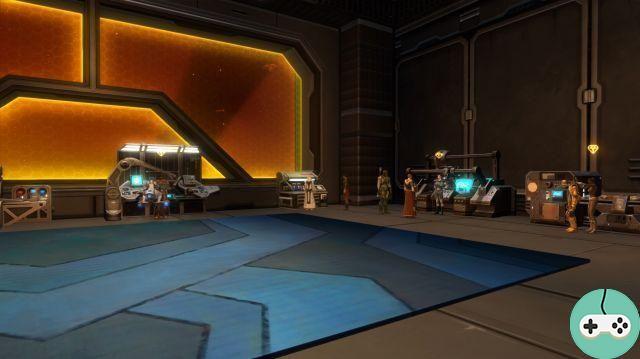On April 12, Frontier added content to its zoo simulation game, Planet Zoo. The chosen theme is atypical: wetlands. Thus, unlike previous content additions, it is not a region that is in the spotlight, but an environment, with eight animals from around the world. In addition, a zoo located in South America (Brazil), more precisely in the Pantanal marshes, with a timed scenario.
capybara
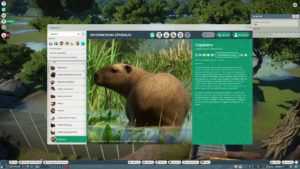
Our trip begins with South America, with the capybara, an animal that I did not know and which nevertheless holds the palm of the largest rodent in the world (it measures up to 56 cm at the withers, for 50 to 60 kg) . If you look closely on the screenshots, you will notice a kind of horn embryo on its rectangular forehead. Unsurprisingly, he loves water and swims very well. It is a nice animal, loving to live in large families, with usually twice as many females as males, for a maximum of 20 individuals (which suddenly brings a habitat of at least 1m², when I told you that he was fat!).

Platypus

Do we really need to present the strangest animal on our planet? On the contrary, I am surprised that the addition to Planet Zoo has been so long overdue! With this mammal like no other, we fly to the rivers and streams of Australia. It will not need much space, it is a solitary animal, even if it tolerates the presence of a few other individuals, for a maximum of 1 male and 2 females (240 m² only to be planned, half of which minimum to cover with water).


small-clawed otter

Now let's visit Southeast and Central Asia, and do it in good company! Because the gray otter likes to live in groups of about fifteen individuals with a dominant couple, and their young of various litters. Of course, after a few generations, it will be necessary to pay attention to consanguinity because, in nature, family groups divide if they become too large, and reform around individuals without blood ties. To install all our little people, count about 630 m², with 252 m² of water.


spectacled caiman

The first (and only) animal on our list in which it will be better not to bring visitors into the habitat in order to avoid accidents! With our reptile, we are in Central and South America. Impressive, with its wide jaws, the caiman measures up to 2,50 meters long and weighs 40 kg for the oldest males. Solitary, the caiman can live alone. It will be necessary to avoid putting two males together because they become aggressive, but nothing prevents adding up to five females. The minimum space is rather limited, only 330 m², almost all of which has to be covered with water (290 m²).


Cobe de Mrs Gray

We return to the side of friendly animals, with this African ungulate, native to the marshes of South Sudan and Ethiopia. I confess that I did not know him either. As often with animals of this type, the female has no horns and is much smaller than the male. The latter also has a much darker brown coat with white markings. He lives in herds, which can be composed of subgroups: females with their young, single males, or a dominant male and his harem. In total, they can be up to 50 individuals without any worries! Finally, if you have almost 30 ares to dedicate to them (2 m² including 840 m² of water).


Asiatic wild buffalo

As its name suggests, this bovine lives...yes, in Asia, well done! More specifically, it likes the swamps, marshes and flooded plains of Central Asia and Southeast Asia (India, Nepal, Bhutan, Thailand or Cambodia). Its immense curved horns, which can have a wingspan of 2 m, are just as much the attributes of males as of females. They form herds, often led by females, with males keeping to themselves, or following at a distance as the dominant male. It is thus possible to create an enclosure with a single male and about thirty of his ladies! This will still require a nice place of 2 m², with a small lake of 890 m².

Red-crowned crane

Although this crane actually lives in Japan, it is also possible to find it in the wetlands of eastern Russia, China, Mongolia and Korea. A fun fact, she likes to live with the Japanese macaque, a small monkey with thick beige fur who likes to live in the snow (and the crane has nothing against snow, fortunately). I was talking about large groups before, but the crane sets the bar even higher: they can be up to eighty, with an equal number of males and females. On the other hand, it will be necessary to provide enough space because the birds can otherwise become aggressive towards their congeners (1 m², including 485 m² of water for the maximum case).


Danube crested newt

And I end with the only vivarium animal in this pack, the newt, a small amphibian that lives in the calm waters, tributaries and forests bordering the Danube (Hungary, Romania and Moldova if like me you are bad at geography). Not much to say about this animal, as always quite difficult to see well in the vivarium.

Zoo the Vertefeuille

Marsh requires, the place is wet, with large areas covered with water and large green meadows.




Contrary to the usual scenarios, no animal is already installed. One enclosure is barely finished, a second has three of the four sides, and everything else begs to be invented. On the other hand, every five minutes approximately, animals are given, which obliges to follow the rhythm. Especially since this counter is linked to that of the scenario, which is not stopped when the game is paused.


The objectives are not easy to achieve: install 4 species of vivarium and 9 different habitat species, welcome 1 visitors, achieve an education score of 200 and an overall score of 2.5 and ensure annual profits of $3. Unsurprisingly, I failed miserably in this scenario, I like going into all the details of each habitat too much to be effective.


Conclusion
Who wouldn't want a platypus in their zoo? This argument alone should convince you to buy this new game pack first if you are looking to acquire DLCs to complete your Planet Zoo. Bringing seven habitat animals and one vivarium, one of the most extensive packs to come out recently. A must buy before heading out for a dip with your new wetland friends!






